Social Changes and Frozen Foods
What Are the SDGs?
I'm sure you've all heard the term "SDGs" a lot lately. Before I go into the links between frozen foods and the SDGs, let me first clarify what the SDGs are.
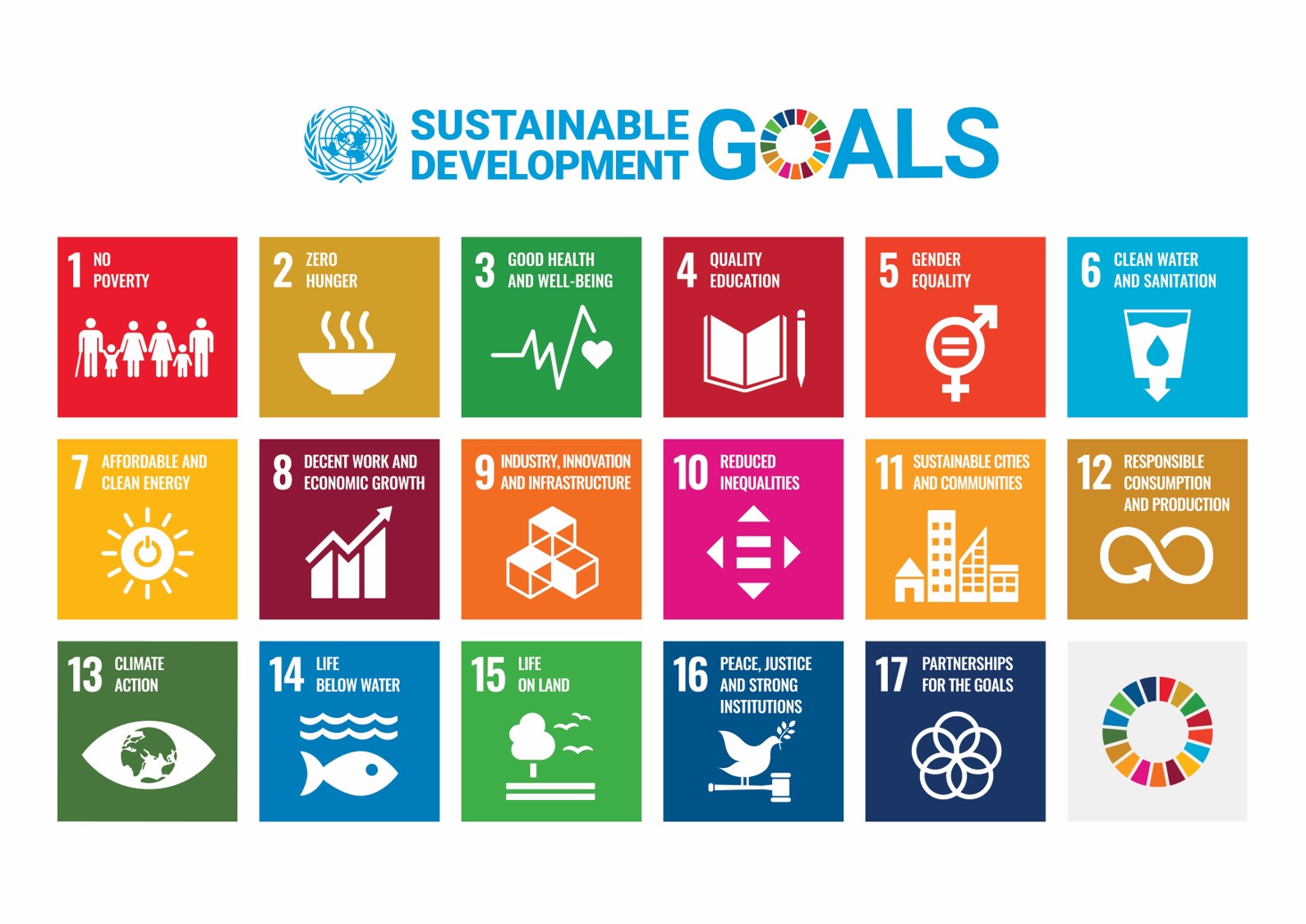
(From the United Nations Information Center)
The United Nations Sustainable Development Summit was held at the United Nations Headquarters in New York on September 25-27, 2015. The summit was attended by more than 150 heads of state and government from UN member states, and the outcome document, "Transforming Our World: The 2030 Agenda for Sustainable Development," was adopted.
The Sustainable Development Goals (SDGs) are the objectives outlined in the agenda as a plan of action for people, planet, and prosperity. SDGs are the successors of the Millennium Development Goals (MDGs), and they include 17 goals and 169 targets.
Relevance to Frozen Foods
Of the 17 goals, there are four main items relate to frozen foods.
2. Zero Hunger
-
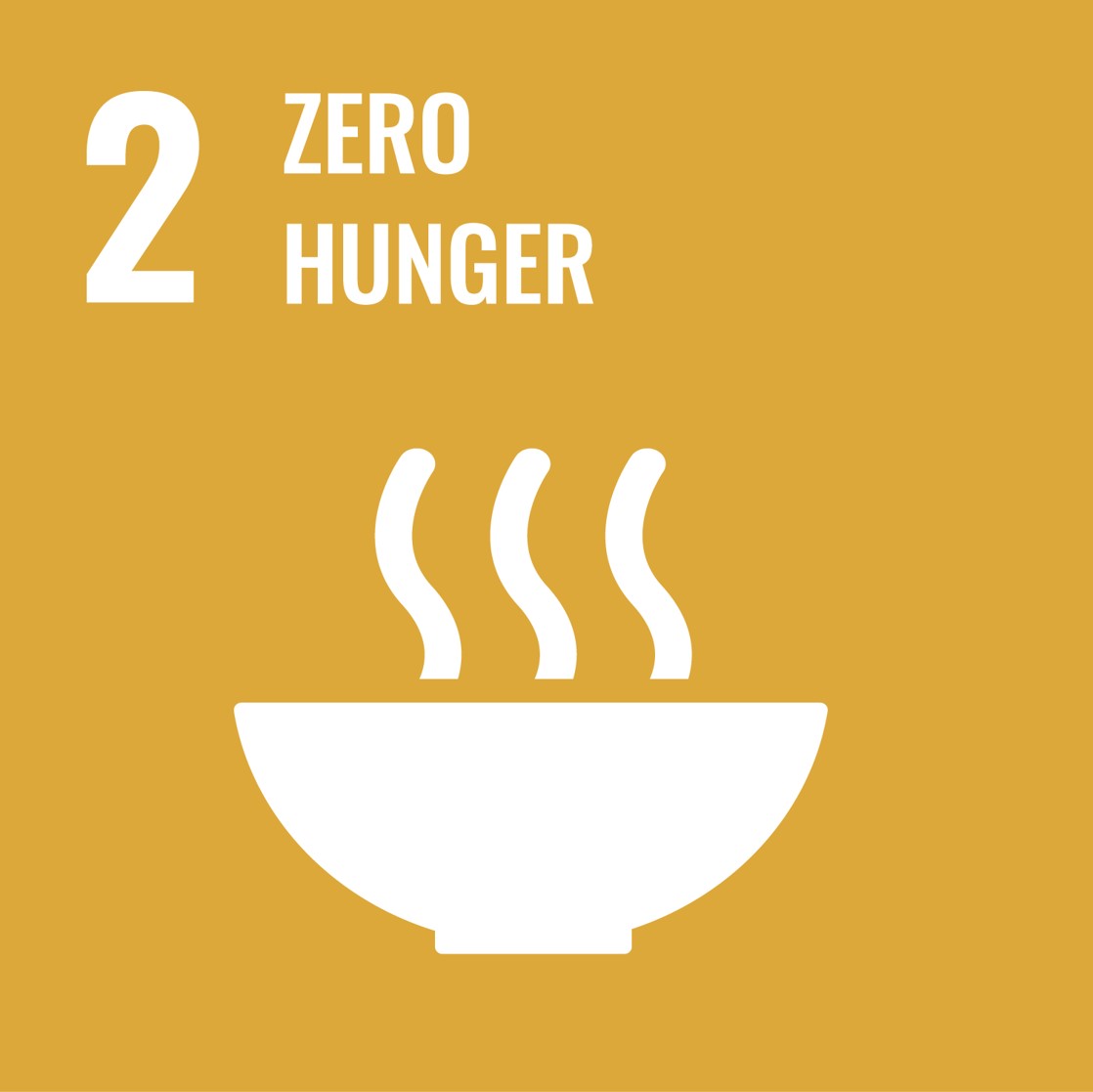
(From the United Nations Information Center)
-
As a target,
- To eliminate hunger and ensure that everyone has access to safe and notorious food at all times
- To support small-scale food producers
- To establish a system for disaster-resistant food production
These are just a few examples.
Quick-frozen food maintains both its taste and nutrition, and with the development of distribution networks, it will be possible to supply it to the world.
Ref. Quick Freeze >
3. Good Health and Well-Being
-
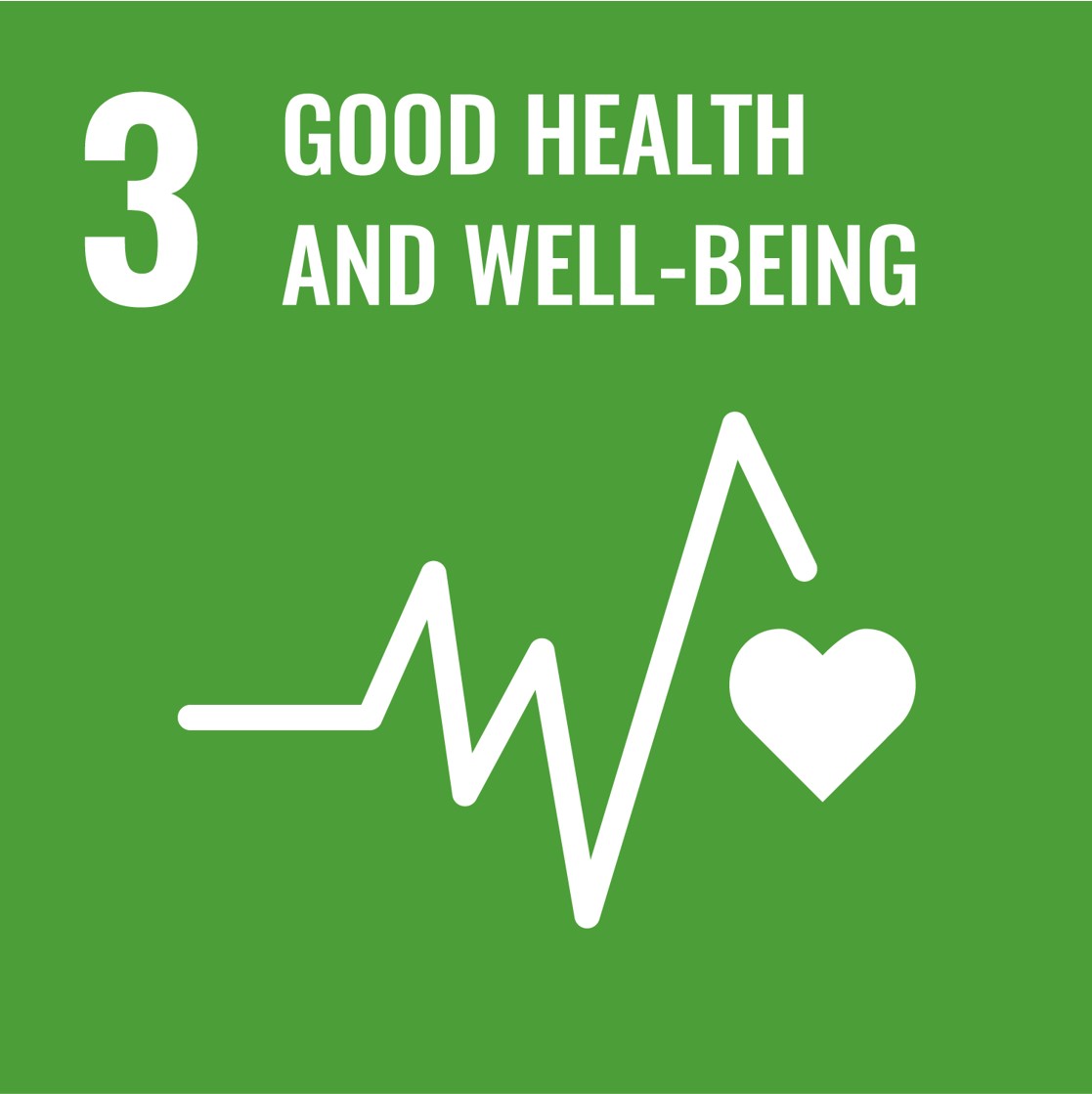
(From the United Nations Information Center)
-
As a target,
- To protect the health of babies and mothers
- To eliminate communicable diseases such as AIDS, tuberculosis, and malaria
- To promote mental health and well-being
These are just a few examples.
Since frozen food contains nutrition, it directly related to health. You may also be able to maintain your mental health by having a better dietary lifestyle through frozen foods.
12. Responsible Consumption and Production
-

(From the United Nations Information Center)
-
As a target,
- To ensure that natural resources are managed sustainably and used effectively
- To halve the amount of food (per capita) that is discarded
- 3R: reduce, reuse, and recycle
These are just a few examples.
Frozen foods can be stored for a while, which help to reduce food loss.
13. Climate Action
-
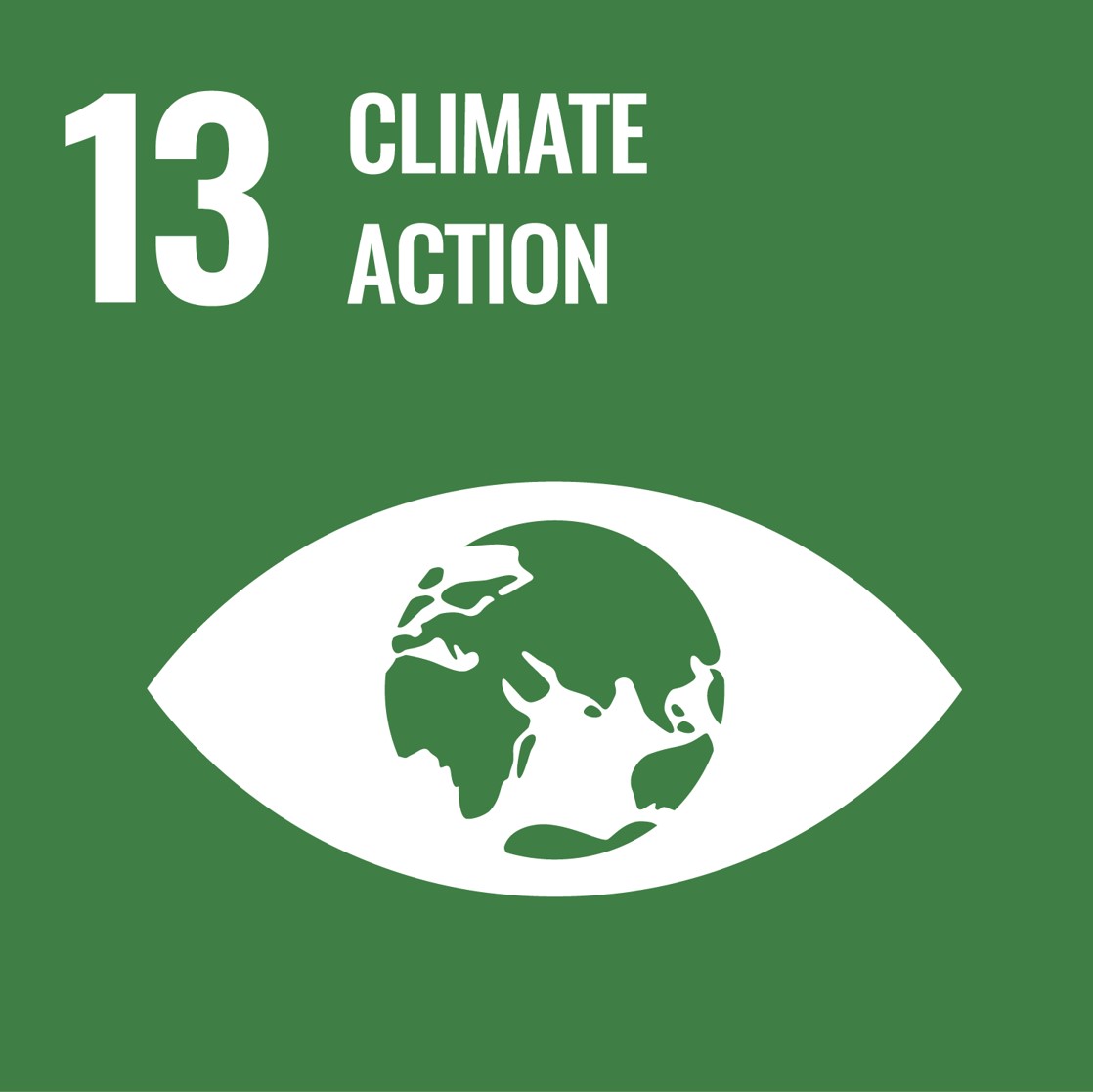
(From the United Nations Information Center)
-
As a target,
- To strengthen the system to cope with natural disasters
- To incorporate climate change responses into national policies and plans
- To have better awareness on climate change
These are just a few examples.
According to the adage, "It's your responsibility to manufacture, it's your obligation to utilize," frozen meals can help reduce food waste, which in turn can help reduce carbon dioxide emissions, a greenhouse gas. In other words, we have the potential to minimize our impact to climate change.
Focusing on each goal, it is clear that the shelf life of frozen foods contributes to the achievement of the SDGs.
Changes in Family Structure and Frozen Foods
As Japan's family structure and society change in the future, the demand for frozen foods will also change. Let's think about the future of frozen foods.
-
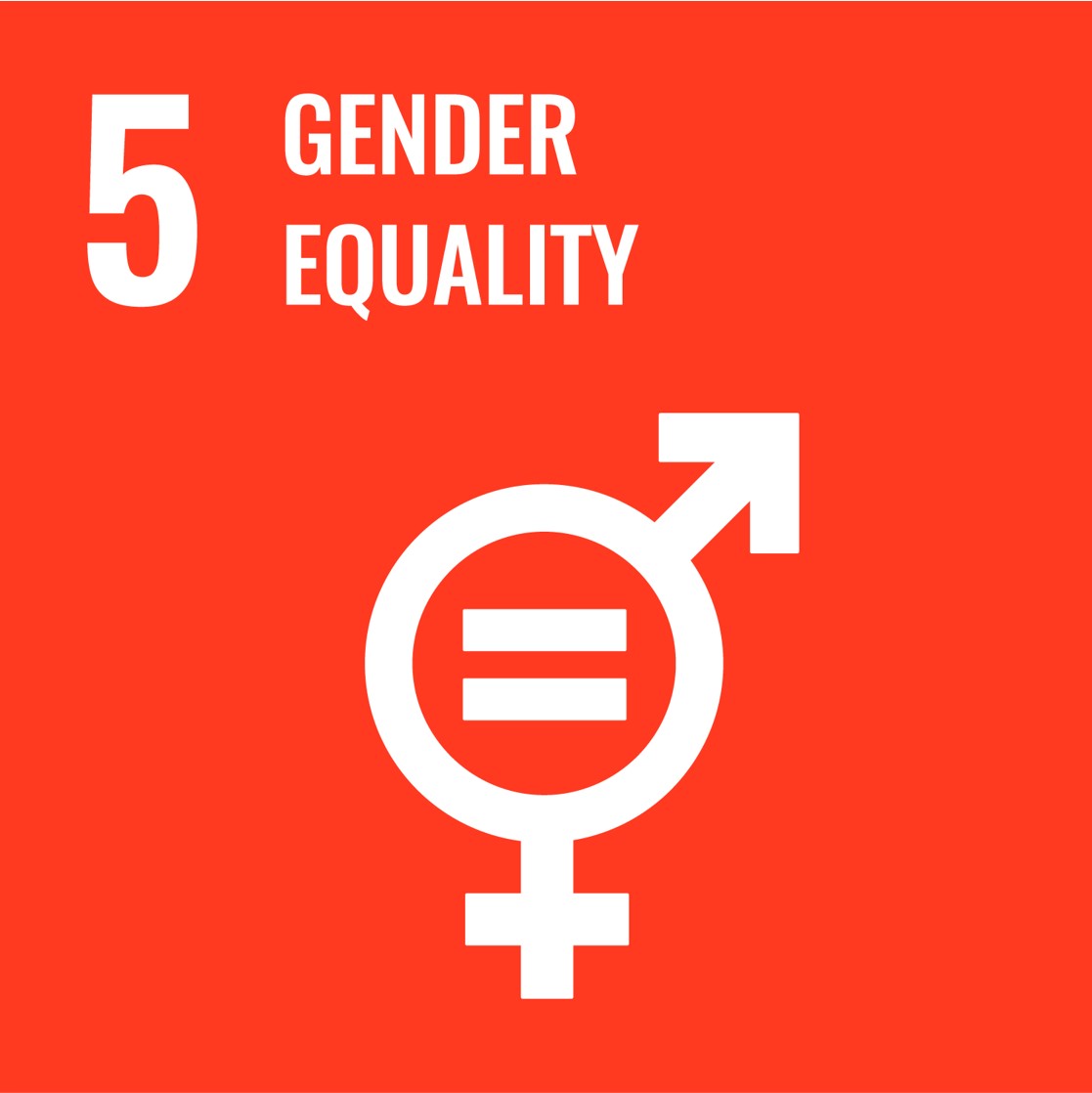
(From the United Nations Information Center)
-
The fifth goal of the SDGs is "Gender Equality".
Currently, Japan is moving toward the advancement of women in society to create a gender-equal society. However, the reality is that the burden on women in the home has not decreased. It is a fact that the burden of work and home life has been increasing, in response to the traditional idea that women should be at home. The rate of men taking parental leave has also remained low. As a result, it is predicted that the birth rate will decline and the number of unmarried people will increase in the future. What kind of frozen food is required in such a society?
Today, in Japan, frozen food is considered to be a side dish for lunch boxes. Many homes in other parts of the globe offer frozen food as part of their regular meals, but this is not as common in Japan. As a result, women bear the additional strain of cooking meals at home. To encourage women for entering the workforce, there is a demand for frozen foods that may be readily included into regular meals. Since frozen foods are easy to prepare, men are likely to start cooking. As a result, the division of labor in the household can be promoted.
The demand for frozen foods that can be served in daily meals is likely to rise.
The trends of each manufacturer toward the SDGs are explained here.
Because of their preservation characteristics, frozen foods are being used to assist accomplish the SDGs. It may also make a substantial contribution to Japan's dropping birthrate and easing the burden on women. Frozen meals will be necessary in the future to provide even more convenience by utilizing their shelf life.